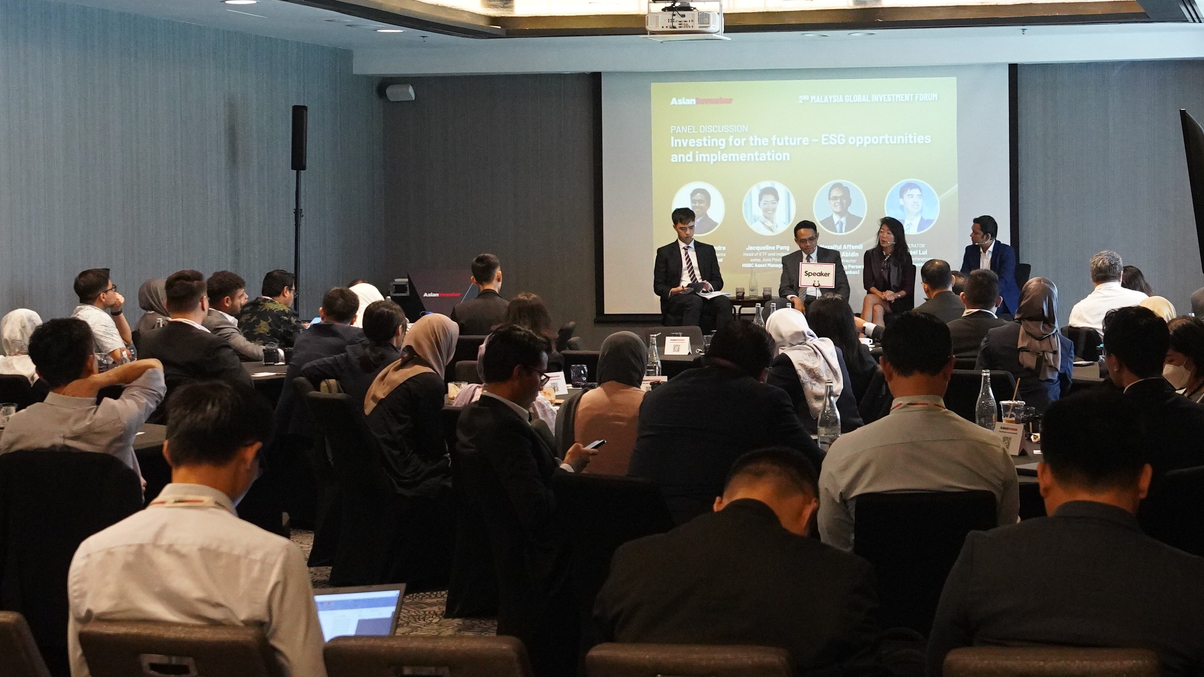Malaysian institutions see big appetite for ESG-related investments
For KWAP and PNB, embedding ESG standards into investment strategies is relatively painless, and ESG-related megatrends are flourishing.

There is a high level of appetite for investments aligned with environmental, social and governance (ESG) standards for Malaysian pension fund Kumpulan Wang Persaraan (KWAP) and Permodalan Nasional Berhad (PNB) — the government-owned asset manager for all Malaysians, and the fund manager of the country's Bumiputera community, respectively.
Sign In to Your Account
Access Exclusive AsianInvestor Content!
Please sign in to your subscription to unlock full access to our premium AI resources.
Free Registration & 7-Day Trial
Register now to enjoy a 7-day free trial—no registration fees required. Click the link to get started.
Note: This free trial is a one-time offer.
¬ Haymarket Media Limited. All rights reserved.


